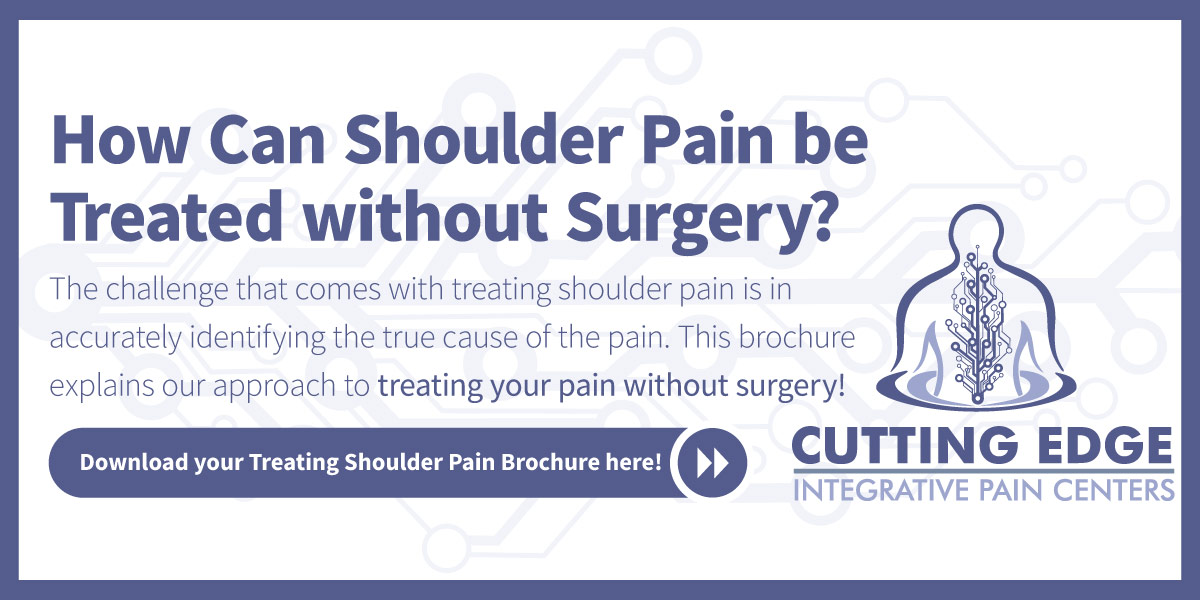Chronic regional pain syndrome (CRPS) is classified as a rare disorder by the Food and Drug Administration, affecting upwards of 200,000 people in the United States. It is a form of chronic pain that usually affects the arm or legs, and treatments are the most effective when started early. In this blog, we will discuss what CRPS is, the symptoms, the causes, and the steps for treatment.
Looking for a Different Way to Treat Depression?
Learn About the Benefits of TMS
What is Chronic Regional Pain Syndrome?
Chronic regional pain syndrome is a condition that leads to excess or prolonged pain and inflammation, it is initially caused by an injury to an arm or leg. CRPS causes pain, usually in the arm, leg, hand, or foot, but it still can affect any part of your body.
There are two types of CRPS, both have similar signs and symptoms:
- CRPS-I: Injury that did not affect the nerves. About 90% of people with CRPS have this type.
- CRPS-II: Occurs after distinct nerve injury.
It usually affects women more than men. This syndrome usually occurs in people around the age of 40, though it can occur for anyone of any age. It is rare for elderly people. It is also possible to occur in children, but very uncommon.
What are the Causes of Chronic Regional Pain Syndrome?
It is unclear why some people develop CRPS, and it is not completely understood. Specialists think it was caused by the dysfunction in the central or peripheral nervous system. The syndrome occurs typically because of a trauma or an injury – fractures, surgeries, infections, burns or cuts, nerve injury, immobilization, sprained ankles, stroke, and heart attacks. Not everyone who has experienced these injuries will develop CRPS.
What are the Signs and Symptoms?
CRPS is a prolonged severe pain that may be constant. Some signs and symptoms include:
- Swelling of the Painful Area
- Sensitivity to Heat or Cold.
- Changes in Skin Texture, alternative between sweaty and cold.
- Changes in Skin Color, ranging from white and blotchy to red or blue
- Hair and Nail Changes
- Joint Stiffness
- Continuous Throbbing Pain
- Sensations of Burning or Stinging.
These symptoms may change over time and are different for each person. For some people, signs and symptoms may go away on their own, but for others, they may persist for a long time, for several years. If you experience constant and severe pain that makes it difficult to touch or move the limb or joint, it is important to see your doctor, so that you can get treatment as soon as possible.

Physical therapy can be used to treat Chronic Regional Pain Syndrome.
Treatment Options for Chronic Regional Pain Syndrome
CRPS is hard to treat and there is no treatment that rapidly cures it. But if CRPS is not diagnosed and treated early, it can lead to the disease progressing, so it is important to start the treatment when it is most effective in the early stages. Some treatments that are widely used include:
- Physical Therapy and Rehabilitation
- Graded Motor Imagery
- Medication
- Psychological Support
- Spinal Cord Stimulation
- Spinal Fluid Pump (Intrathecal Pump)
Studies have shown by taking vitamin C after a fracture can help lower the risk of CRPS compared to those who did not take it. Also, early mobilization right after having a stroke will also lower the risk. Taking these steps can help reduce the risk of developing CRPS.
Check with your doctor if you are experiencing any of the symptoms that were listed. The sooner that chronic regional pain syndrome is caught the easier it is to treat. If you or someone you know has been diagnosed with CRPS or is prolonged and constant swelling, schedule an appointment with Cutting Edge Health today.


